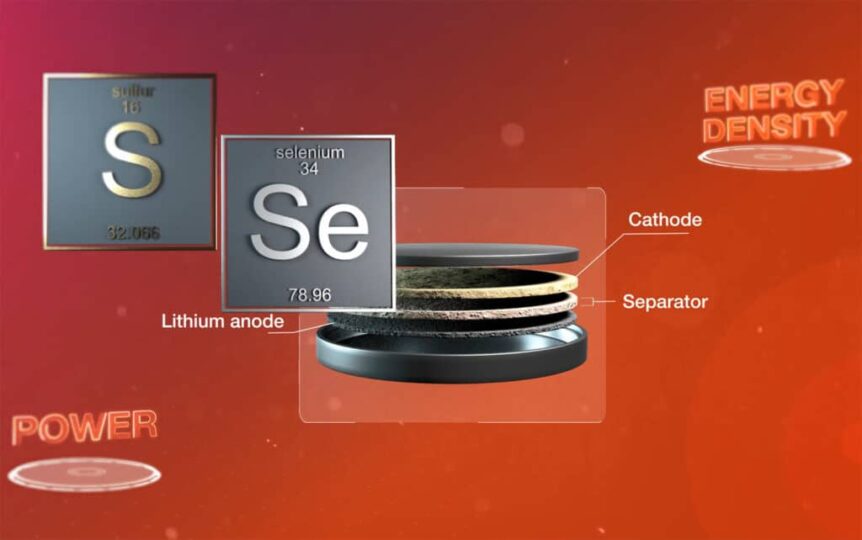SABERS (Solid-state Architecture Batteries for Enhanced Rechargeability and Safety) is NASA’s approach to making batteries lighter, safer, hold more energy, and (we hope) be ready soon for flight. In fact, SABERS batteries are intended specifically to meet the challenges of aircraft applications. NASA TV reports, “Instead of housing each battery cell inside its own steel casing, as liquid batteries do, all the cells in SABERS battery can be stacked vertically inside one casing. SABERS can do 500 Watt-hours per kilogram, double that of an electric car.” Rocco P. Viggiano, one of the program’s researchers, explains, “Not only does this design eliminate 30 to 40 percent of the battery’s weight, it allows us to double or even triple the energy it can store, far exceeding the capabilities of lithium-ion batteries that are considered state of the art.” NASA points out, “Unlike liquid batteries, solid-state batteries do not catch fire when they malfunction and can still operate when damaged, making them attractive …
Things are Looking up in Dubai
Clean Technica recently examined whether the United Arab Emirates, and especially Dubai could become a world leader in clean mobility. It lists factors such as one of the heaviest concentrations of concentration of EV charging facilities in the world, and the sizable discounts the state gives on EV ownership. The state’s relationship with electric car suppliers and readiness to test sky taxis from eHang and Volocopter add to the mix. Dubai has its homegrown flight vehicles that will add to the aerial circus in its desert skies. DGWorld, a major source of robotics in the country, has two such craft on the horizon. DG World’s Contribution The smaller of the two, the “flagship drone of DGWorld,” the UAD M20 has a 19.5 kilogram (43 pounds) maximum weight borne aloft on 2.15 meter (seven foot) wings. At least two of its six motors can tilt to allow vertical takeoffs and landings and its fixed wings enable high-speed forward flight. Able to …
Referencing Uber’s Elevated Challenge
We can tell things are heating up in the electric aircraft marketplace. Established aircraft companies are investing (Boeing and Airbus for starters), growing numbers are planning for electrified and autonomous future flight (Uber Elevate Summit), and an absolute plethora of new designs are tumbling forth from an aeronautical cornucopia. Their video of an Uber sky taxi ride illustrates the charm of the idea. A Common Reference Uber provided two common reference eVTOL (electric vertical takeoff and landing) reference models for partners to emulate. Both seem to share a common passenger pod with an unusually long tail boom. Perhaps taking the 2011 Green Flight Challenge as his reference point, Mark Moore explained how Uber inspires others to give their best efforts to create several plausible vehicles. The American Institute of Aeronautics and Astronautics (AIAA) reports, “’We will never build a vehicle, but we want to make sure that our partners who are building vehicles are successful and that these aircraft are …



